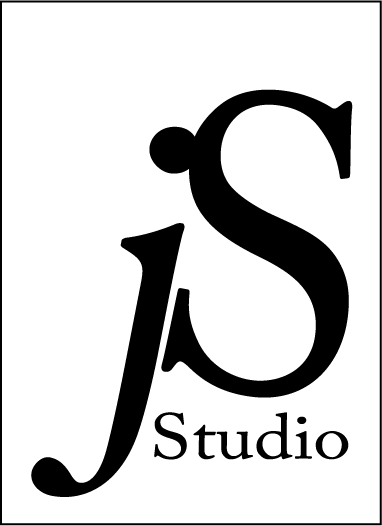Teaching Philosophy
Educating a student is a journey and process for me as much as it is for each of them.
It begins with the foundations and structures of skill development, material knowledge and process proficiency. To begin to know how to make work of any kind, an aspiring artist needs to understand what opportunities different media offer and how to manipulate material. They also need early on to know some history and contemporary context in their medium to see what has been done and the boundaries of genre. I teach these foundations with direct and strict exercises with zero concern yet for creativity or expression. In clay, for example, I start a skills course with the making of cylinders to specific dimensions 6” tall with 4” diameter, wheel thrown, coil built, slab built, and slip cast. We then see them through the basic kiln process and apply glaze for the first time on them to learn and see how that process works. In no way are these works expressive or even art; they are foundational exercises on which a student can subsequently develop their voice.
The second stratum is the evolution of ideation, voice, and vocabulary, which grows into a student’s personal language and style. After baseline skills are in place, I cultivate this tier by providing more open-ended prompts. I find that providing more structure and expectation than I actually intend to enforce is helpful because these students still rely on external structure. In a 300-level undergraduate class, for example, I have asked students to use the sculpted form of the human hand in relation with other found objects to non-verbally communicate a social statement. This invariably goes in all directions and when the assignment comes due students present their work to each other, talk out the nuance of their intention, and offer each other their critical responses in open conversation.
The third development is built on top and is the continual cross-reference of material and process with ideation and voice through a commitment and responsiveness to critique, experimentation, failure, and iteration. The creative process is inherently messy and non-linear. Success in my thesis-level studio and into graduate studies is defined by a student’s willingness to unpack and understand that valuable lessons exist inside clumsy and failed attempts, to clarify the inevitable gap between a developing intent and the results at hand. Their job is to sustainably develop concise control of their work through a commitment to iteration, making new and different choices of material, process, and visual language to hone in on a precise expression of the work. In critique, I welcome the less-than-perfectly-polished iterations and the critical conversation around them offer the richest opportunities for innovation.
I have found my greatest success in the classroom emerges when my focus is on facilitating a healthy environment for creativity and experimentation, providing a safe space for students to take risks and tools for assessing and learning from their uncertain early attempts at a new skill. Whether I am demonstrating techniques for making cups on a potter’s wheel or sculpting the figure, lecturing about approaching glaze chemistry or kiln operations, or offering conversive feedback in critique, I believe that what I am truly providing is access, structure, and context for students to explore and create for themselves in clay, and more broadly in their lives.
